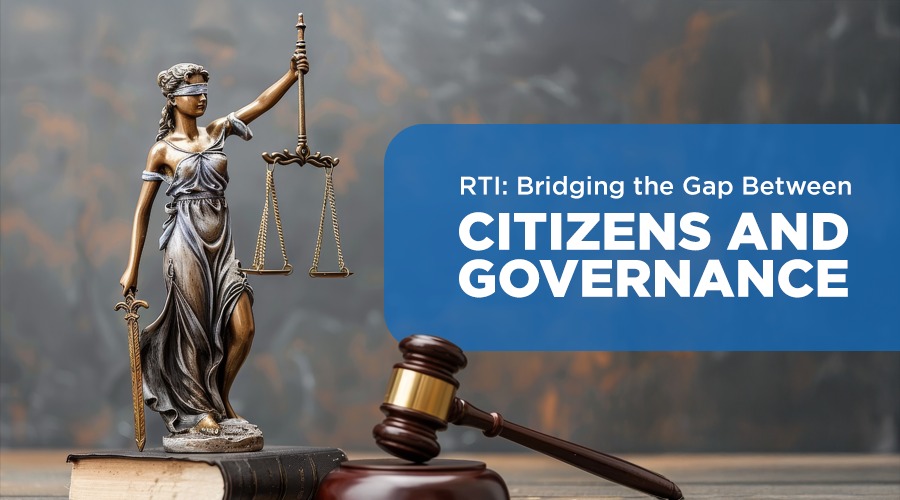B.PAC’s study on ‘Analysis of Participation of Women in Politics: A Case study of Karnataka State’
B.PAC undertook a study to assess the participation of women in politics in the state of Karnataka. The study suggests that between 1957 to 2018 elections, the participation of women has increased from 4 % to 8 %, while the representation of women in the KLA has fallen from 7 % in 1957 to 4 % in 2018.
The study is based on the analysis of secondary data available in the public domain supplemented by qualitative interviews with women and male political leaders.
Our study suggests that there are barriers and hindrances which limit women’s participation in the political sphere. Karnataka has a rich history with regard to women’s active participation in both social and politically driven movements. From the freedom movement to modern-day reformist movements, women have played an essential part in Karnataka’s development as a state. What could be described as a stark contrast to the present-day trend of rather low levels of political participation of women, womenfolk were at the forefront of the Indian nationalist movement.
In 1993, when the 73rd and 74th Constitutional Amendments introduced local self-governance, it was an unparalleled step to consciously empower women as decision-makers with 133 of the seats reserved for women. Today, 14 states have a 50%-58% representation of women in Panchayat Raj Institutions. Jharkhand leads the way with 58%, closely followed by Rajasthan and Uttarakhand. The Karnataka State long ago exceeded the 33 % representation of women in the local body elections including the Panchayat Raj Institutions.
Women won 43.7 percent of seats in gram panchayats, 41.2 percent in taluk panchayats, and 37.1 percent in Zilla panchayats in the elections held in 2005. In the Bruhat Bengaluru Mahanagara Palike (BBMP), because of the increase in the reservation for women from 33 % to 50 %, the total number of women councilors in BBMP has gone up from 71 in 2010 to 101 in 2015, marking 51% representation in the council.
Following are the recommendations from B.PAC’s study:
a) Women’s Reservation Bill:
A 33% Women’s Reservation Bill for representation at the Parliament and Legislature is the first and most important step to encourage women’s participation in the second and first tier of Governments.
b) Framework for greater women’s participation in the Legislature, Executive, and Judiciary:
Civil society organizations must work with government leaders, political parties and engage with the broader public to advocate for the adoption of a 33 % reservation for women candidates not only in politics but also in all areas of administration, judiciary, police force, armed forces etc.
c) Gender Report Card:
The government should publish a gender report card that shows the participation of women in all these spheres. This will nudge the respective organizations to make better progress in this direction.
d) Representation of Men and Women ratio within the party:
The Election Commission of India should direct the political parties to put out a gender report card that shows the proportion of women to men representation within the party.
Presentation – Highlights of Participation of Women in Politics, A Case study of Karnataka


